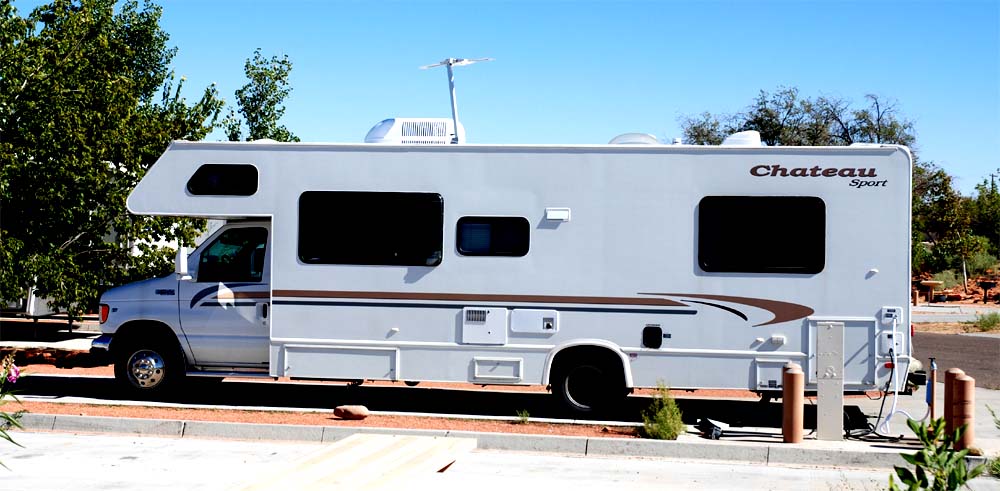
If an ounce of prevention is worth a pound of cure, then
this post is going to save you a lot of money. RV Preventative Maintenance is
some of the most important work you can do as an RV owner. With it, you can
avoid rust, lengthy repairs, costly replacements, and a whole host of other
problems. But that’s only if you know what to do—and have the right RV products to support you. Here’s
a brief RV preventive maintenance 101 course to get you prepared for years of
RV enjoyment!
Step One: Create an
RV Preventative Maintenance Checklist
If you don’t regularly inspect your RV for specific
problems, then you allow time for problems to grow. But how do you know which
problems and parts to prioritize? Here are a few suggestions:
- Monthly
RV Interior Inspection: Examine carpeting, cabinets, upholstery, and check
all smoke, propane, and CO detectors. Inspect the entire RV for evidence of
rodents or mold. - Monthly
RV Exterior Inspection: Check seams for leaks and caulks and old sealants
for potential leaks as well. Climb up to inspect the roof, and look for spots
of rusting along the sides of your RV. If there are loose screws or other
potential problems, address them immediately. - RV Vehicle
Inspection: How are the oil levels on your RV? The transmission levels?
With a house on wheels, it can sometimes be tempting to forget that you’re also
maintaining a vehicle. Treat it like any other vehicle that needs regular—at
least quarterly—inspections. Coolant, windshield wiper fluid—it all falls under
the purview of a regular vehicular inspection. - Annual RV
Inspection: Big issues like a furnace, water heater, refrigerator—those all
need to be looked at. In some cases, like flushing a hot water heater, you’ll
want to do it seasonally to ensure that your RV is well taken care of.
If you’re ever in doubt, go out and buy a calendar, creating
a note at each point. This will help you keep your inspections organized and
help you stick to a clear schedule.
But what should you accomplish with each inspection? Here
are some of the key points to be aware of:
Engine and Vehicle
- Check all fluid levels
- Check the air filter
- Check radiator coolant
- Check for leaks
- Check oil levels
- Check belts
- Check lights
- Check wiper blades and fluid
- Check battery for damage
- Maintain an emergency roadside kit
- Check tires
- Check heater hoses/clamps
Inside the RV
- Check ACU (Air conditioning unit) and filters
- Check all appliances
- Check lights
- Check generator
- Check fire extinguishers, alarms, and detectors
- Check carpeting and upholstery for mold
- Check water drainage systems
- Check awnings
- Check vents
Step Two: Regularly
Maintain Your RV’s Condition
With regular inspection handled, you’ll also want to take
steps to prevent any problems from developing. That starts with an effective RV cleaning:
- Clean exterior fiberglass
- Apply Mildew Remover as
appropriate - Clean vinyl
upholstery - Apply wax
on an annual basis
You’ll also want to address RV-specific issues that need
regular maintaining:
- Water
systems. Regularly draining your water systems and emptying them for the
winter will prevent hosts of problems from doing damage to your water systems.
Make sure to drain and properly dispose of all waste as appropriate as well. - Ventilation.
Without proper ventilation, your RV will be susceptible to mold, which can
cause damage and odor. Keep the RV well ventilated and dry.
This guide should serve as a great starting point from which
you can regularly check up on your RV’s health. With regular inspections, cleaning,
and maintenance, there should be no problem that escapes your notice.

